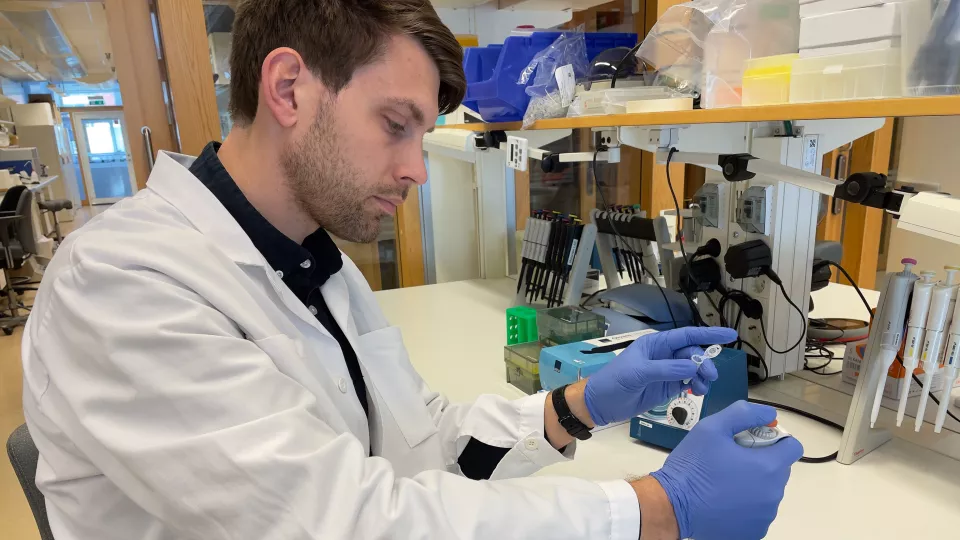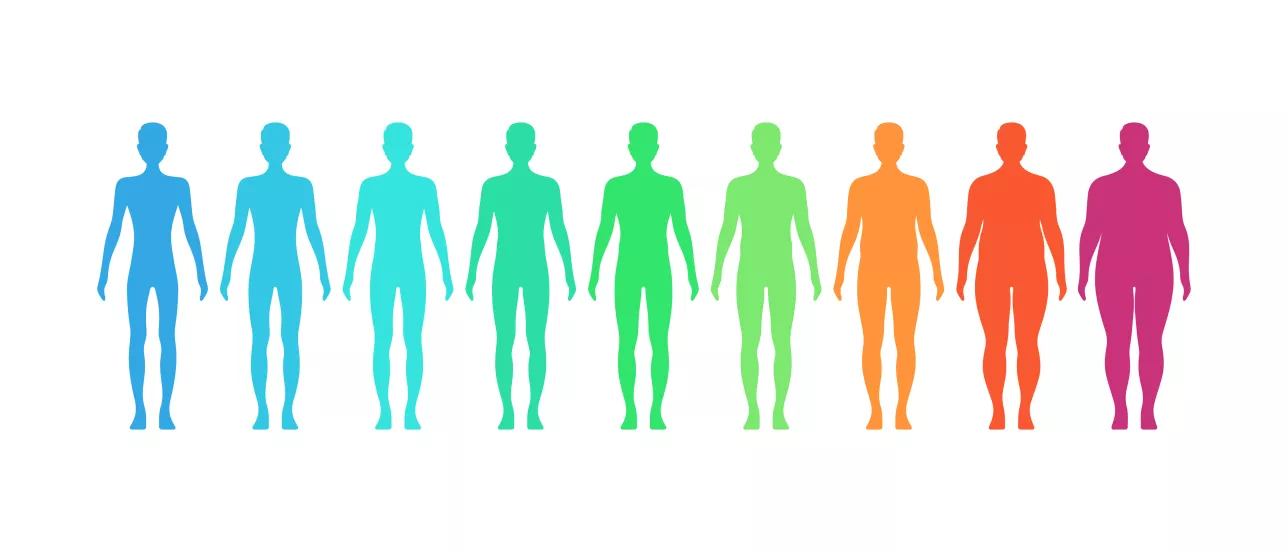Type 2 diabetes can be linked to a sedentary lifestyle which in turn can lead to excess weight and obesity. Up to 20 percent of type 2 diabetes patients are of normal weight, and it is important to identify individuals with a normal BMI who are at risk. An early detection of the disease can reduce the risk of developing common complications of diabetes, such as cardiovascular diseases and kidney disease. An international team of researchers has investigated whether it is possible to identify at-risk individuals of normal weight by measuring the levels of some of the metabolites that are relevant for metabolism.
“In our study, we identified a group of individuals with normal BMI who nonetheless had metabolic alterations associated with obesity in their metabolism,” says Filip Ottosson*, corresponding author for the study published in Diabetes Care.
Measured metabolites
The researchers measured the levels of 108 metabolites associated with diabetes in blood samples of 7663 participants in three different population-based cohorts in Sweden and Italy. The participants were divided into five different groups based on their metabolic BMI. Individuals with a metabolic BMI five BMI units higher than their BMI based on height and weight were investigated further. This group had a twofold risk of developing type 2 diabetes compared to individuals with a normal BMI based on their weight, height, and metabolism.
Olle Melander, professor of internal medicine and research group leader at Lund University Diabetes Centre (LUDC), is one of the authors of the study:
“We hope that our research will be used to identify individuals with a hidden risk of developing the disease. If we can find these individuals before the disease debuts, we would be able to initiate preventive actions. This could potentially save society a lot of money as type 2 diabetes often leads to a variety of different complications,” he says.
Preventive actions
The research team used machine learning methods to classify participants with different metabolic profiles to calculate the risk for type 2 diabetes. The team then followed up participants who developed type 2 diabetes in the population-based Malmö Diet Cancer (MDC) cohort in Sweden, which has a follow-up time of 20 years. The results will need to be verified in other cohorts and further studies are also needed to investigate a larger number of metabolites.
“This could become a new method for screening for type 2 diabetes and for initiating preventive measures for people of normal weight who are at high risk of developing the disease. Weight loss strategies will not benefit this group, which seemingly requires alternative interventions. In the long-term perspective, we may develop drugs that would lower the levels of some of the metabolites,” says Filip Ottosson.
* Filip Ottosson carried out the research project while employed at Lund University and Statens Serum Institut (SSI) in Denmark. He is currently employed at Statens Serum Institut and affiliated with Lund University, where he is carrying out a research project in collaboration with Olle Melander and is supervising a PhD student.





